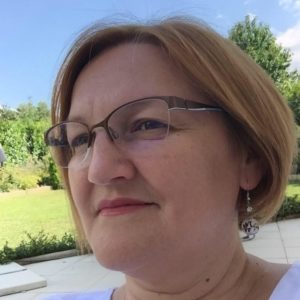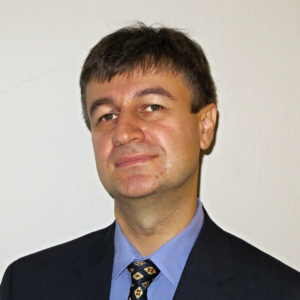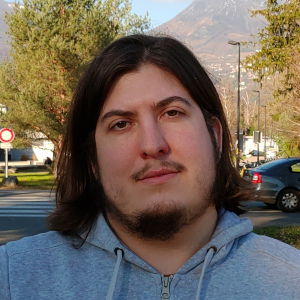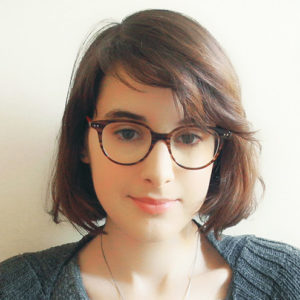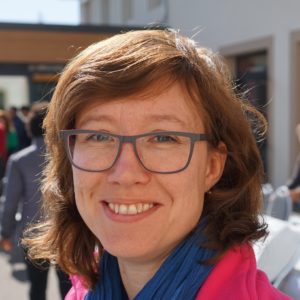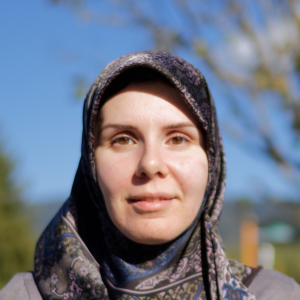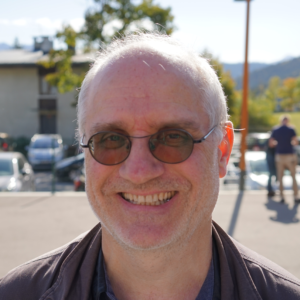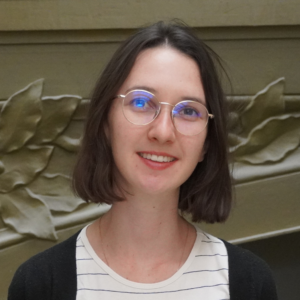Overview
The group covers all aspects of fundamental physics related to spin electronics by employing a wide range of theoretical approaches including ab initio, tight-binding, free electron and diffusive methods, combined with micromagnetic simulation approaches based on solution of Landau-Lifshitz-Gilbert (LLG) equation. This allows explaining experimental observations, providing solutions for specific problems and predicting novel properties and phenomena guiding the experimental work to optimize spintronic nanostructures.
Research directions
Electronic structure and magnetic properties of materials from first principles
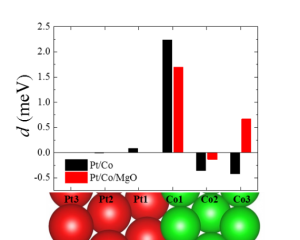
Ab initio calculations based on DFT are performed in order to provide insights into fundamental mechanisms of various spintronic phenomena, and to propose novel materials and their efficient combinations with required electronic structure and magnetic properties for optimal performance of spintronic devices.
Spin-dependent transport theories
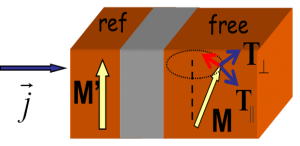
We employ tight-binding, free electron and diffusive approaches including Green function techniques in the framework of Keldysh and Kubo formalisms, in order to describe spin and charge transport properties in magnetic nanostructures with non-collinear magnetic moments in vertical, lateral and complex geometries.
Theoretical concepts for organic and graphene spintronics
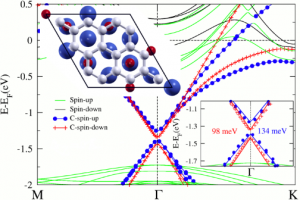
The goal of this topic is to harvest theoretically novel spin-dependent properties (e.g. proximity effects and defect induced magnetism etc.) in organic, graphene and related 2D materials based structures in the context of emerging field of graphene spintronics.
Micromagnetic modeling
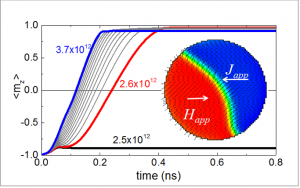
Magnetization dynamics (macrospin and micromagnetic) simulations under applied magnetic field and/or spin polarized currents are developed to address functionalities of spintronic devices (e.g. magnetization switching, synchronization and modulation for oscillators) in various geometries. Straightforward analytical models are developed to supplement fast and efficient understanding of the magnetization dynamics.
The team
Former members
Post-docs
- Ali HALLAL (2015-2019)
- Sergey NIKOLAEV (2015-2017)
- Debapriya CHAUDHURY (2016-2018)
- Cristian ORTIZ PAUYAC (2016-2017)
- Hongxin YANG (2013-2015)
PhD
- Daniel SOLIS LERMA (2016-2020)
- Paulo COELHO (with Magnetic Sensors Group, 2014-2017)
Internships
- Libor VOJACEK (2020)
- Brian CHARLES (with MRAM Group, 2016)
Projects
- ANR SpinSpike (2021-2024)
- ANR UFO (2021-2024)
- EU H2020 FET Project Flagship “Graphene” Core 3 (2020-2023)
- ANR MAGICVALLEY (2018-2021)
- ANR FEOrgSPIN (2018-2021)
- EU H2020 FET Project Flagship “Graphene” Core 2 (2018-2020)
- ANR JCJC MATEMAC-3D (2017-2020)
- EU H2020 ICT Project “SPICE” (2016-2020)
- EU H2020 ICT Project “GREAT” (2016-2019)
- ANR ELECSPIN (2016-2019)
- EU H2020 FET Project Flagship “Graphene” Core 1 (2016-2018)
- EU FET FP7 Project Flagship “Graphene” (2013-2016)
- EU M-ERA.NET HEUMEM supported via ANR-DFG (2014-2017)
- UGA Émergence et partenariat stratégique avec Western Digital (2015-2017)
- Samsung SGMI (2014-2017)
- ANR SOSPIN (2013-2016)
- ANR NMGEM (2010-2015)
- AGI14SMI15 AGIR (2014-2015)
Partners
- Transilvania University, Brasov, Romania
- IRIG/PHELIQS, Grenoble, France
- Institut Néel, Grenoble, France
- Unité Mixte Physique CNRS/Thalès, Palaiseau, France
- Laboratoire de Physique des Solides, Orsay, France
- Catalan Institute of Nanotechnology, Barcelona, Spain
- Institut Jean Lamour, Nancy, France
- Moscow Lomonosov State University, Moscow, Russia
- King Abdullah University of science and technology, Thuwal, Saudi Arabia
- University of Puerto Rico, San Juan, PR, USA
- Western Digital Corporation, CA, USA
- University of Bielefeld, Germany
- University of Kaiserslautern, Germany
- Max Planck Institute for Chemical Physics of Solids, Dresden, Germany
- Lawrence Berkeley National Laboratory, Berkeley, CA, USA
- ETH, Zurich, Switzerland
- NIMTE, Ningbo, China
Recent news
- One year post-doctoral fellowship on domain walls and spin waves in core-shell magnetic nanowires (August 05th, 2022)

Context. Spintronics has become a mature technology for applications, such as magnetic field sensing and solid-state memories. However, existing concepts are almost exclusively based on planar processes such as thin film deposition and patterning. Extending ... - [POSITION FILLED] Post-doctoral position (August 04th, 2022)
![[POSITION FILLED] Post-doctoral position](https://www.spintec.fr/wp-content/uploads/2022/04/logo_postdoc_offer_spintextures_04_2022-100x70.png)
Context: In the frame of different European and French national projects, SPINTEC has several openings for postdoctoral positions. The projects consider memory, microwave and sensor functionalities to develop novel hardware concepts for unconventional computing, to ... - PEPR SPIN – Priority Programs and Equipment for Exploratory Research (July 29th, 2022)

France is investing more than 38M€ in Spintronics thanks to the PEPR-SPIN exploratory program! SPIN is among the 13 new exploratory programs winners of the second wave of calls for projects Priority Programs and ... - Two years post-doctoral position on modelling of all optical switching using light carrying orbital momentum (June 23rd, 2022)

SPINTEC is opening a 2-year post-doctoral position on modelling of all optical switching using light carrying orbital momentum Context: The manipulation of magnetization by ps or fs light pulses has become a very exciting topic nowadays ... - Review – The Magnetic Genome of Two-Dimensional van der Waals Materials (June 13th, 2022)

Q. H. Wang✉, A. Bedoya-Pinto, M. Blei, A. H. Dismukes, A. Hamo, S. Jenkins, M. Koperski, Y. Liu, Q.-Ch. Sun, E. J. Telford, H. H. Kim, M. Augustin, U. Vool, J.-X. Yin, L. H. Li, ...

